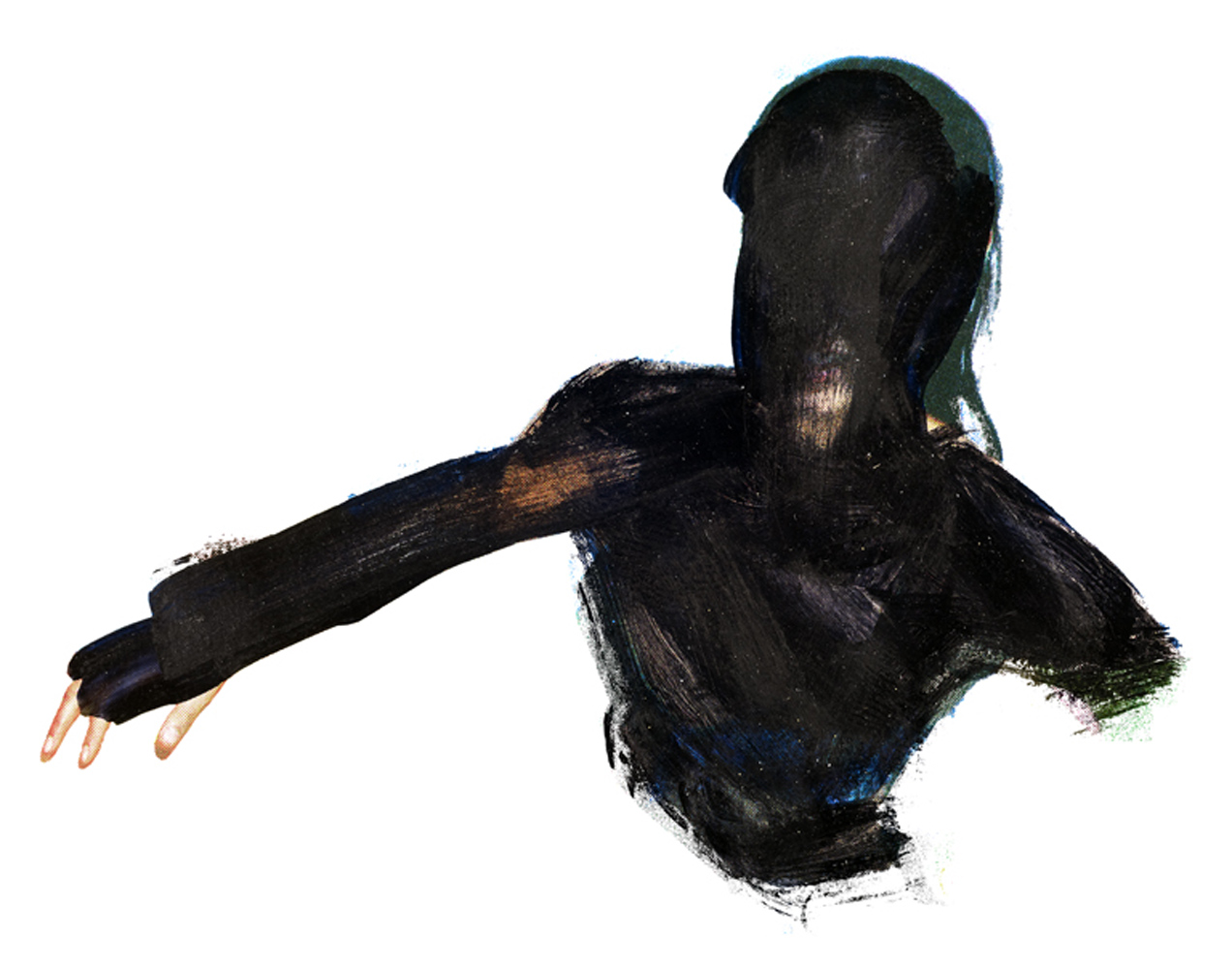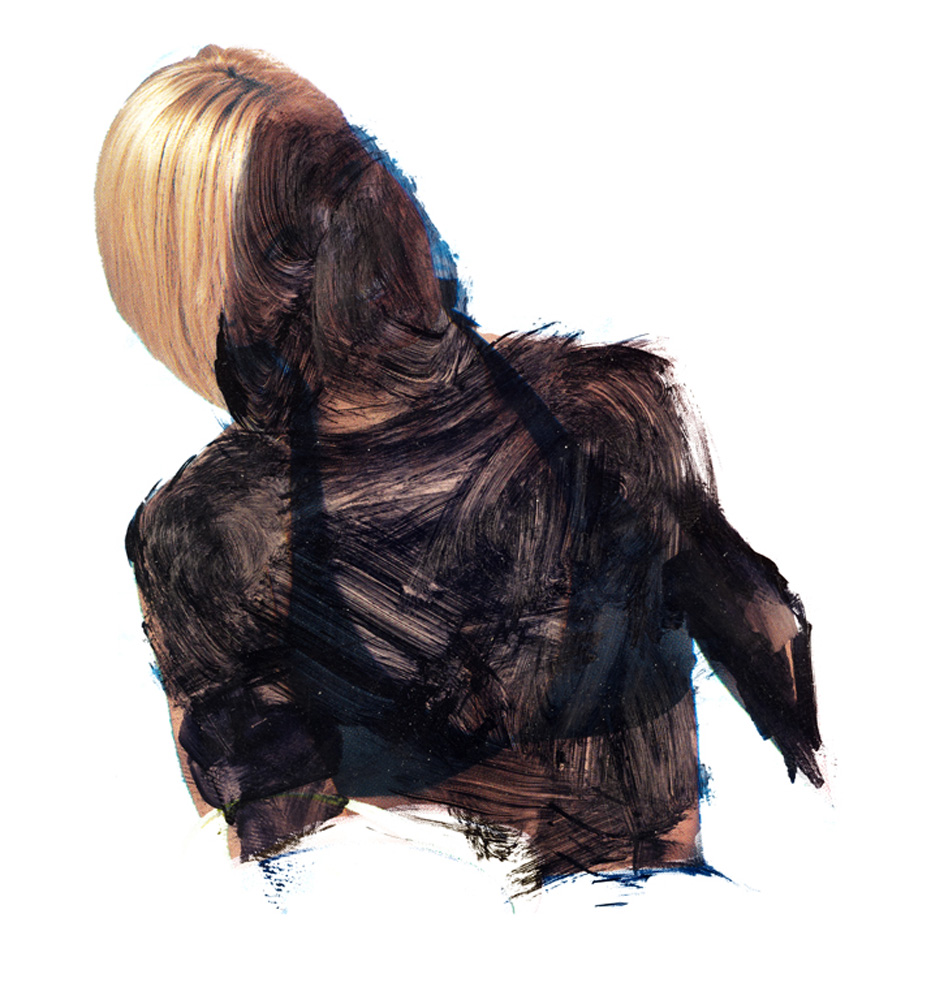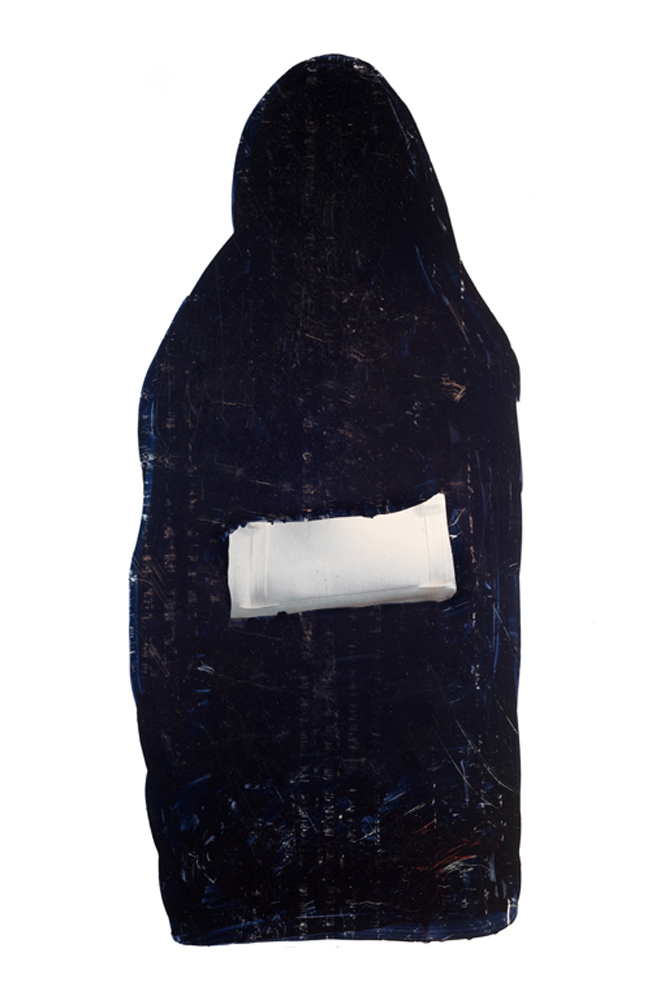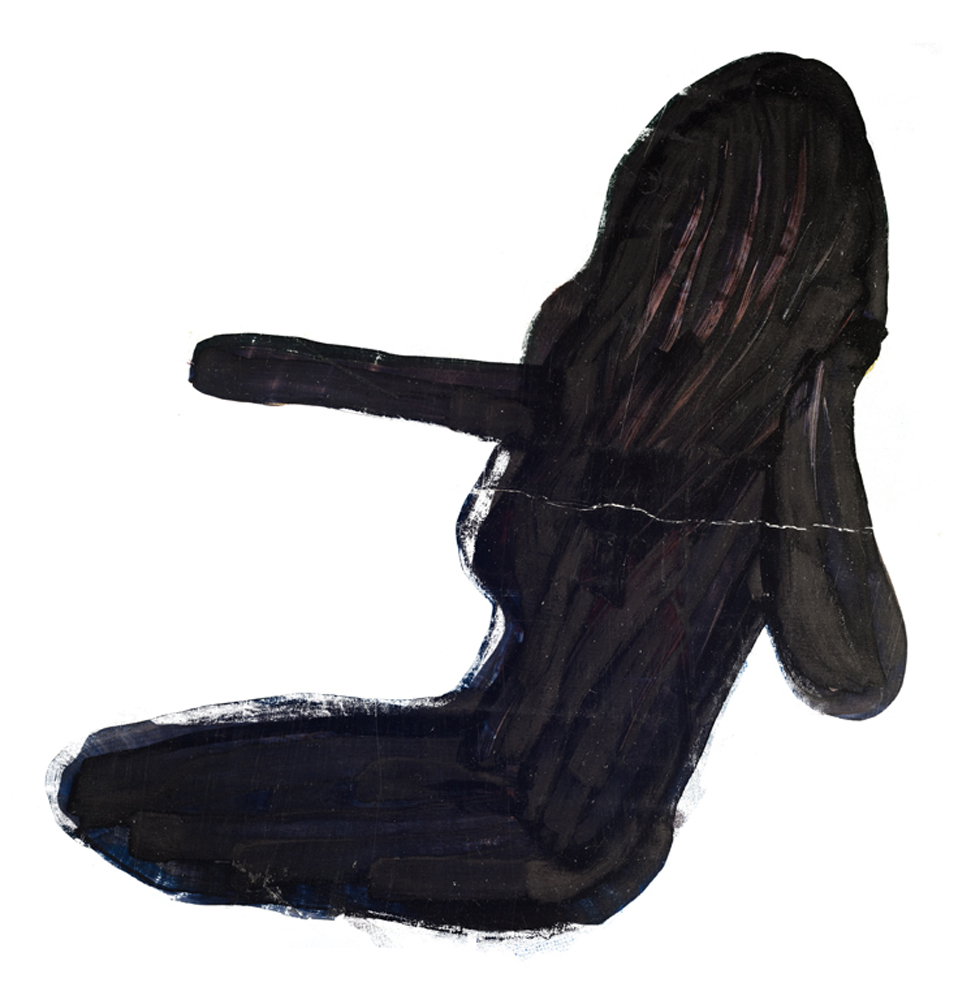
With heavy, violent marker strokes recalling Willem de Kooning’s paintings of women in all their misogynistic implications, Iranian censors black out — by hand, one by one — the female form in popular imagery. A common practice across the Middle East, religious or state authorities efface women pictured on most commercial packaging in a loud, crude post-processing of reality.
Conceptual artist Phillip Toledano first came across the jarring practice when he took note of such packaging in the backgrounds of photographs that his friends had brought back from the region. In the Middle East, it is ever-present and often unnoticed, like white noise. Determined to isolate and amplify the act, he had friends living in Iran smuggle out packaging off store shelves for him in the West. He then photographed them and silhouetted the censored figures for a series of 10 large-format prints, The Absent Portrait, on view for the first time this month at the Unseen Photo Fair in Amsterdam.
“When you take away the packaging and you have this figure that large, it takes on a kind of painterly aspect. You see the censor’s hand, the swirls of ink,” Toledano tells TIME. “It’s beautiful, but also very disturbing.”
The project, like much of Toledano’s work deals directly with delusion — how we delude ourselves, how we delude each other and how we allow ourselves to be deluded.
“The thing about the series for me that’s important to get across is that, yes, it is about women and it is about the Middle East,” he adds, “but it’s also very applicable to all of us, because all of us in every country live in a system where reality is twisted — whether it’s by religion or by government, there’s a certain amount of torquing.”
What varies across cultures are the censor’s methods and the degree to which they are obvious. The frightening thing about how blatant this Middle Eastern method can be, “is the total mundane, normality of it,” Toledano says. “When it happens on a daily basis and people don’t even pay attention, that’s when it’s most horrifying because it means nothing anymore. The idea that women don’t exist in that way means nothing.”
Toledano’s genre-subverting portraits which compel you to look at a person you can’t see, call that into question again. “It’s a different kind of portrait, a portrait of an ideology,” he says, “a particular point in history.”
Phillip Toledano is a British photographer living and working in New York City. The Absent Portrait is on view at the the Unseen Photo Fair in Amsterdam from Sept. 26 – Sept. 29, 2013 and at Edmund Pearce Gallery in Melbourne, Austrailia from Oct. 9 – Nov. 2, 2013.
Eugene Reznik is Brooklyn-based photographer and writer. Follow him on Twitter @eugene_reznik.










More Must-Reads from TIME
- Donald Trump Is TIME's 2024 Person of the Year
- Why We Chose Trump as Person of the Year
- Is Intermittent Fasting Good or Bad for You?
- The 100 Must-Read Books of 2024
- The 20 Best Christmas TV Episodes
- Column: If Optimism Feels Ridiculous Now, Try Hope
- The Future of Climate Action Is Trade Policy
- Merle Bombardieri Is Helping People Make the Baby Decision
Contact us at letters@time.com